En la serie de peregrinajes arquitectónicos que tenemos que emprender como parte de nuestra profesión se encuentra La Chaux-de-Fonds, la ciudad natal de Le Corbusier. Nos dieron una visita guiada en la que visitamos las primeras casas que construyó pero aprendimos que la ciudad tiene otros atributos, gracias a los cuales es considerada Patrimonio Mundial de la Unesco.
In the series of architectural pilgrimages we have to embark on as a part of our profession there is La Chaux-de-Fonds, Le Corbusier’s birth town. We had a guided tour in which we visited the first houses he built, but we also learned that the city has other attributes and it’s thanks to them that it is considered a World Heritage according to the Unesco.
Resulta que por varios siglos la ciudad ha sido muy reconocida por su industria relojera, llegando a ser una de las principales a nivel mundial. En el siglo XIX la mayoría de la población se dedicaba a este oficio, así que cuando un incendio arrasó con gran parte de la ciudad, se reconstruyó tomando como idea rectora el hecho que mucha gente tenía talleres en sus casas. Los relojeros trabajaban con la luz natural que llegaba de sus ventanas, así que los edificios se colocaron de manera su sombra nunca se proyectara en las construcciones vecinas. Esto resultó en un trazado urbano muy regular y en edificios con una serie de ventanas muy cercanas. Supuestamente de allí sacaría la idea Le Corbusier de las ventanas alargadas, aunque él siempre detestó La Chaux-de-Fonds, según nuestro guía.
It turns out that for many centuries the city has been famous for its watch making industry; it became one of the most important of the world. In the XIXth century most of the population worked in this field, so when a fire destroyed a huge part of the city, it was rebuilt taking into account that many people had workshops in their homes. The watch makers needed the daylight that came through their windows, so the buildings were set up in such a way that their shadows were never cast to the neighboring constructions. This resulted in a very regular urban layout and in buildings with a series of windows very close to each other. Supposedly, this is where Le Corbusier would get his idea of the horizontal windows, even though he always hated La Chaux-de-Fonds, according to our guide.
En lo que respecta al famoso arquitecto, se puede ver por fuera la casa donde nació, que hoy en día es una tienda de disfraces.
Concerning the famous architect, you can see on the outside the house where he was born, where now there is a costume shop.
La calle del Modulor, que originalmente tenía otro nombre, pero de seguro con todos los peregrinos arquitectos es más rentable que se llame así.
The Modulor Street, which originally had another name, but with all of the pilgrim architects it’s more interesting called this way.
Las primeras casas que él diseñó y construyó pero que firmó su jefe, Charles L’Eplattenier: la Villa Jaquemet y la Villa Stotzer, de 1908.
The first houses he designed and built but were signed by his boss, Charles L’Eplattenier: the Villa Jaquemet and the Villa Stotzer, from 1908.
La primera oficina donde Le Corbusier instaló su agencia en 1912.
The first office where Le Corbusier set up his firm in 1912.
La “Maison Blanche”, la casa que construyó para sus padres en 1912 y que fue restaurada en 2005.
The “Maison Blanche”, the house he built for his parents in 1912 and which was restored in 2005.
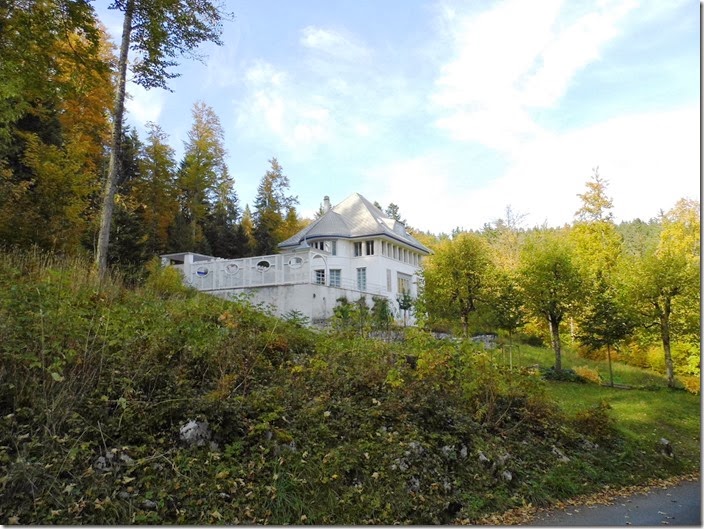
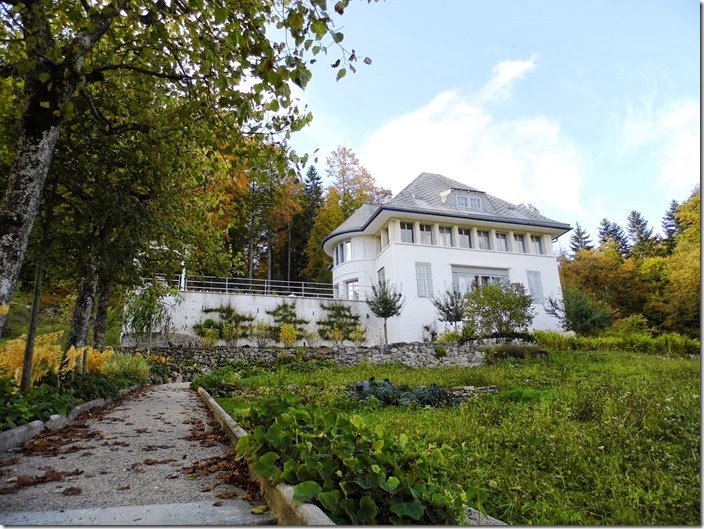
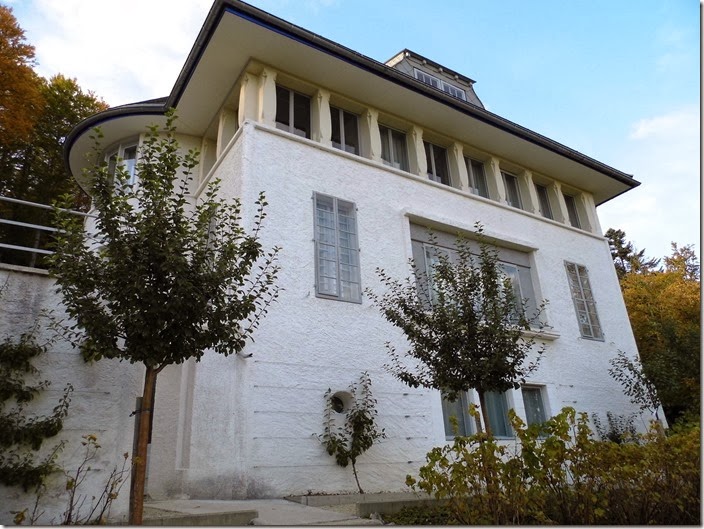
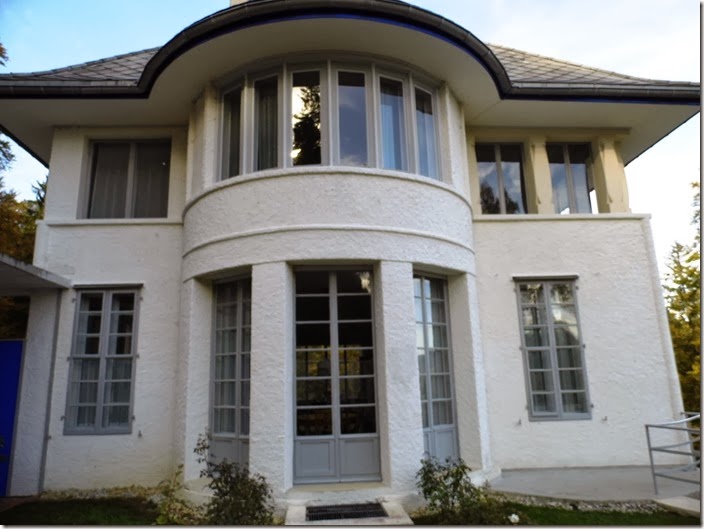
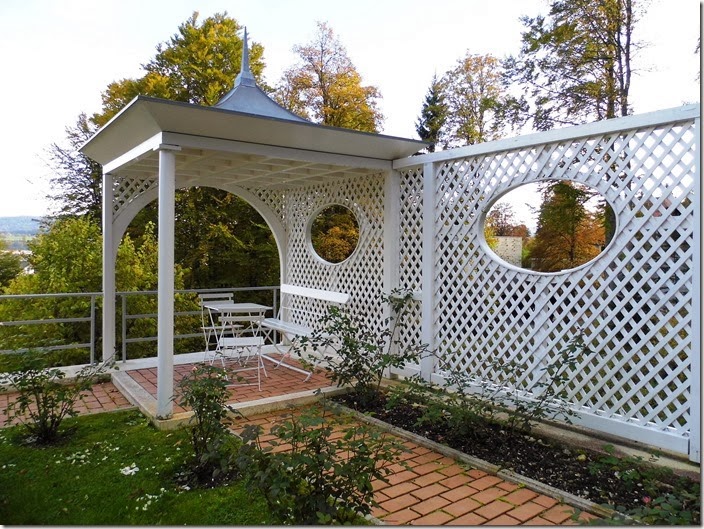
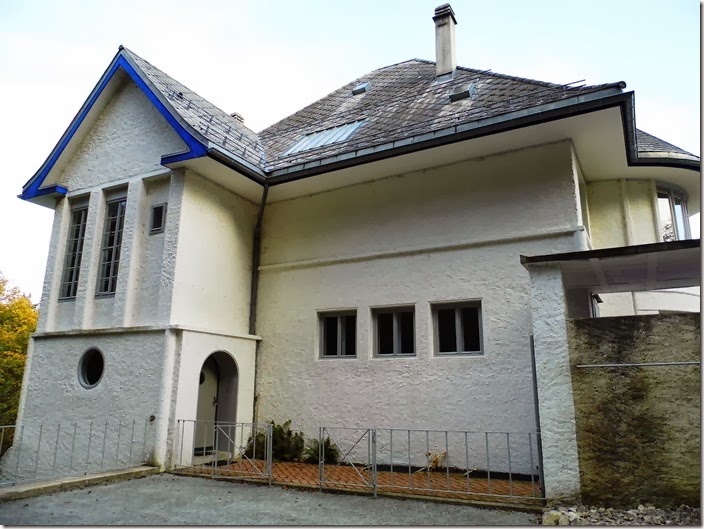 Por dentro apenas pudimos ver el salón.
Por dentro apenas pudimos ver el salón.
From the inside we could only see the living room.
Y la Villa Turca, de 1917.
And the Turkish Villa from 1917.
Un amigo me decía que no estaba impresionado por estas casas, que no dan signos de lo que Le Corbusier iba a hacer después. No estoy segura si ese es el verdadero interés de visitarlas. Creo que es bueno darse cuenta que como cualquier otro arquitecto, Le Corbusier tuvo que construir cosas que no correspondían a sus gustos o a lo que él hubiera considerado ideal más adelante en su carrera. Pero estaba empezando y gracias a estas obras aprendió el oficio. Además, el proyecto de la casa para sus padres es algo con lo que cualquier arquitecto se puede sentir identificado. Es injusto ver estas obras esperando que sean premonitorias de la Villa Savoye o de Ronchamp. Eso es verlas a través del filtro de la teleología. Es mejor que nos hagan creer, a los que estamos iniciando nuestra carreras, que lo mejor está por venir.
A friend of mine told me he was not impressed by these houses, that they didn’t show signs of what Le Corbusier would do next. I’m not sure if this should be the main interest in visiting them. I think it is good to see that, like any other architect, Le Corbusier had to build things that were not exactly of his taste or of what he would consider ideal later in his career. But he was just starting and it was thanks to these works that he learned his trade. Besides, his parents’ house is something any architect can relate to. It’s unfair to see these works hoping they are premonitions of the Villa Savoye or Ronchamp. To do so is to see them through the lens of teleology. It’s better that they make us believe, to all of us who are just beginning our careers, that the best is yet to come.
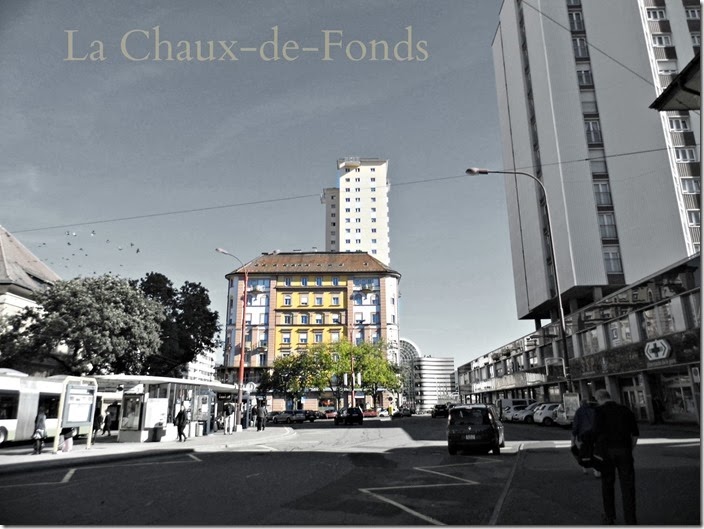
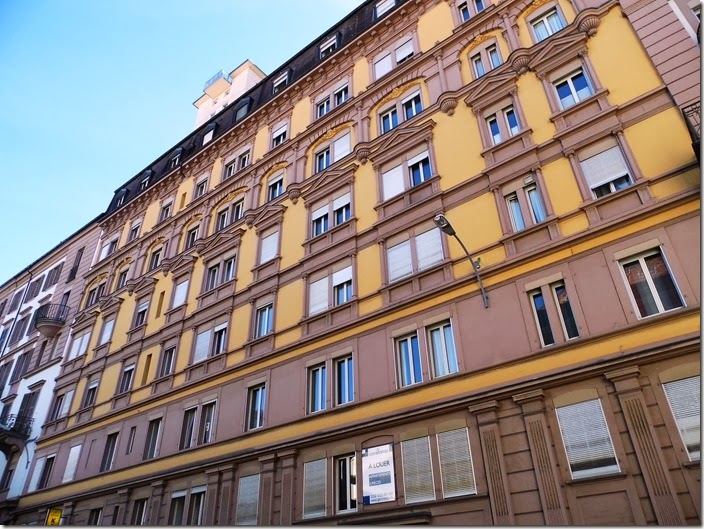
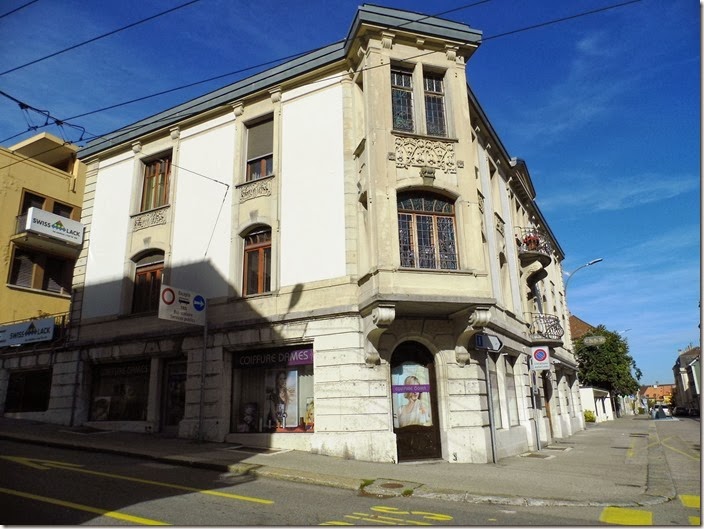
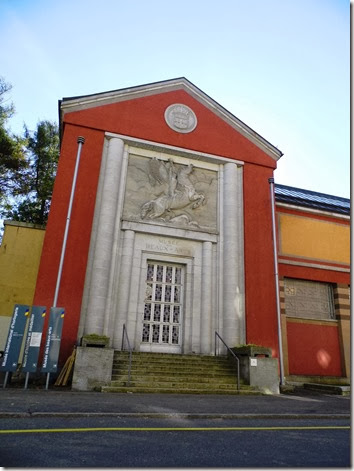
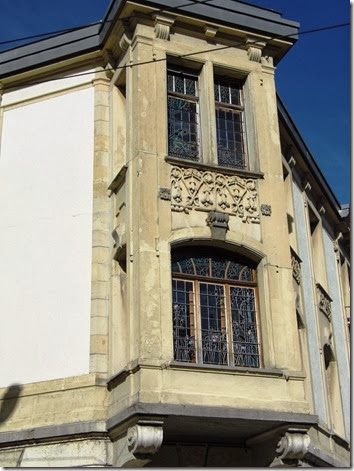
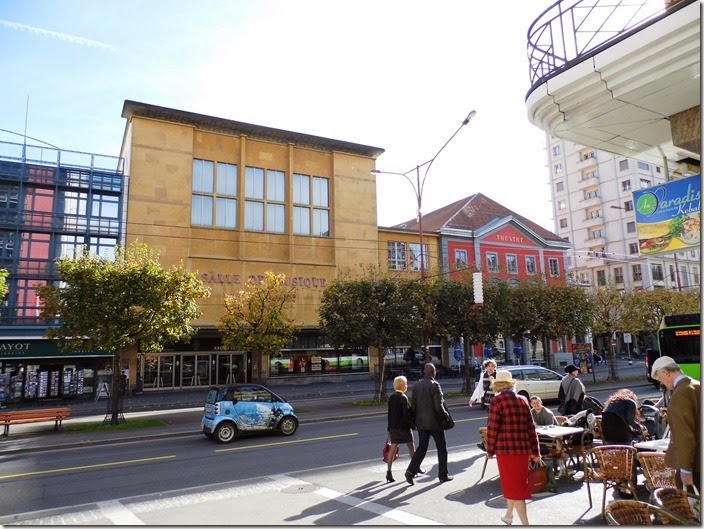
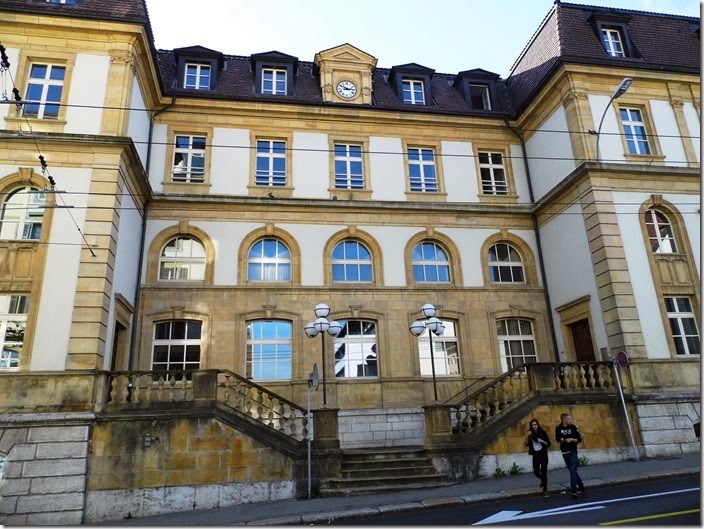
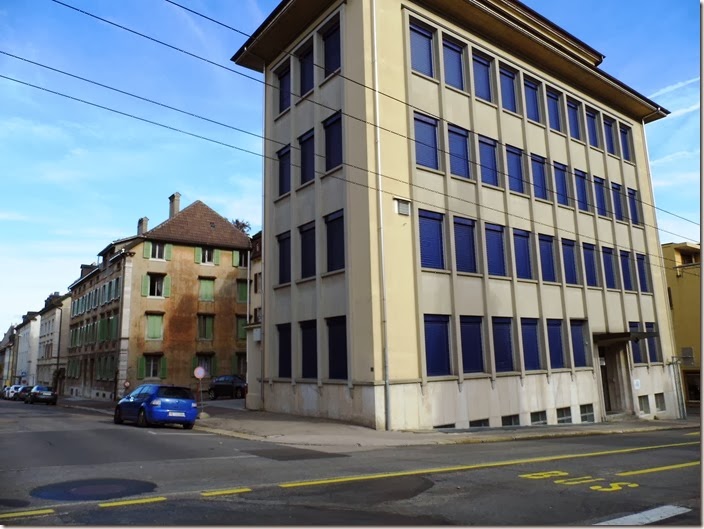
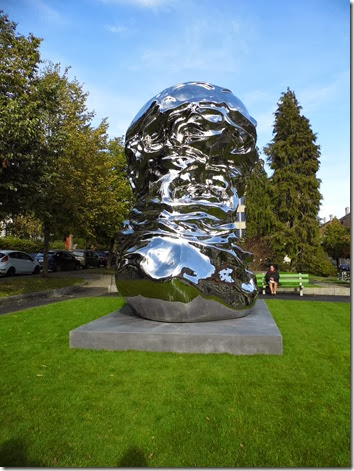
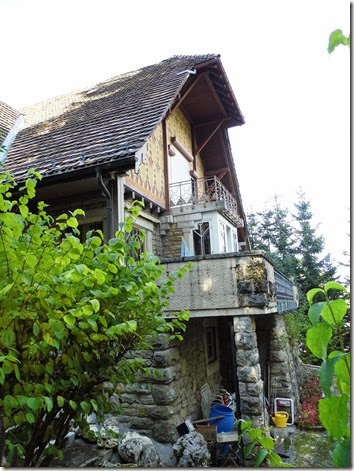

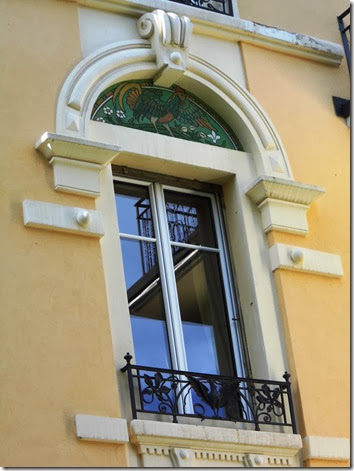
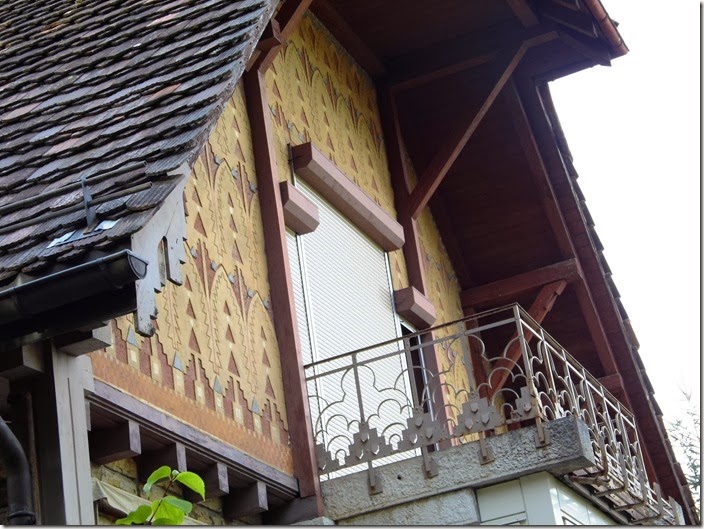
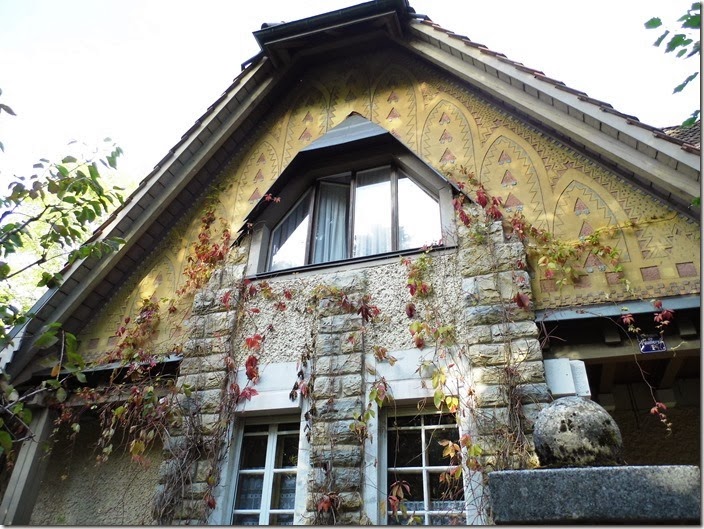
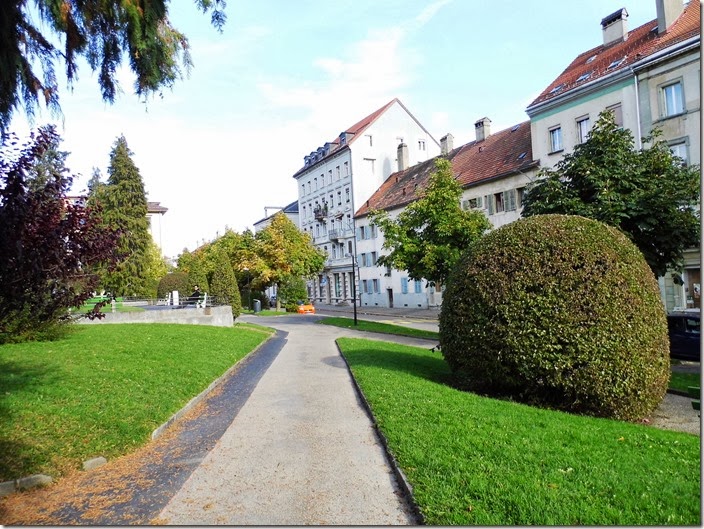
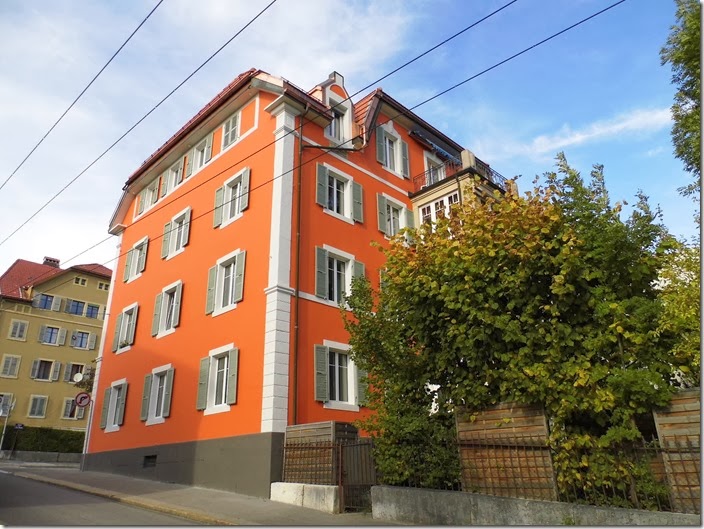
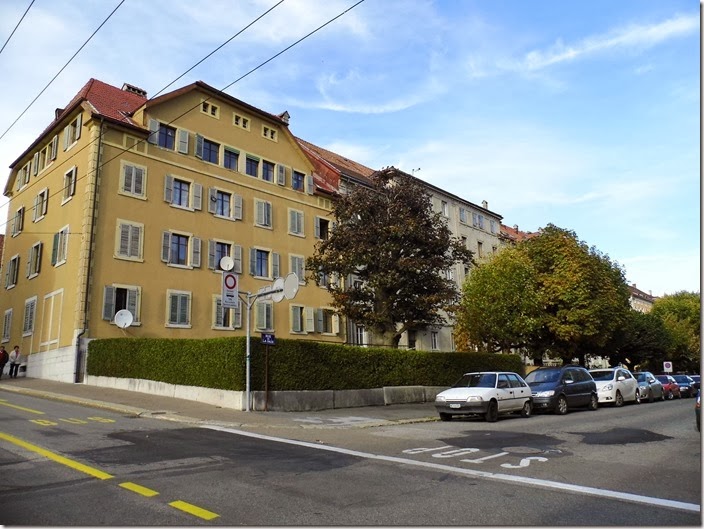
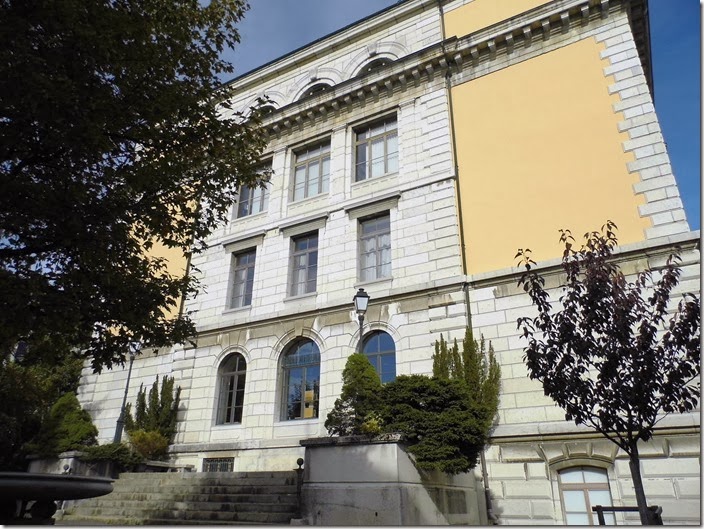
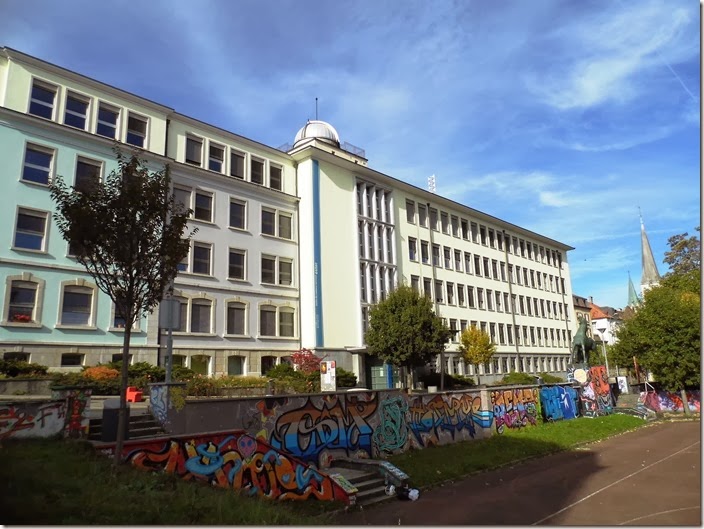
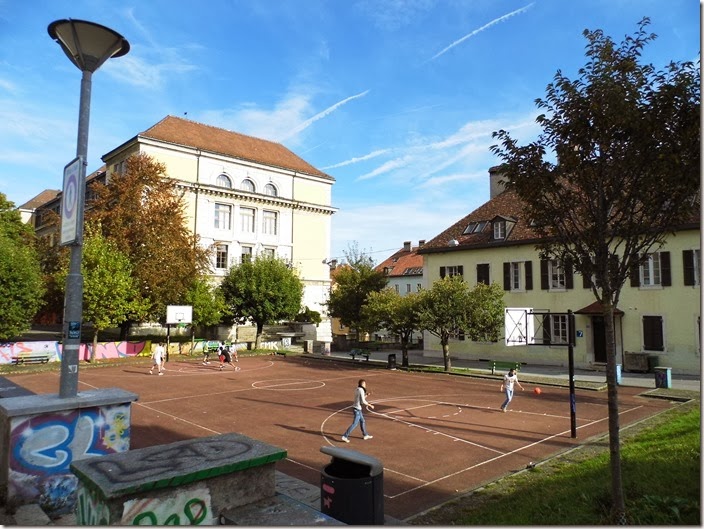
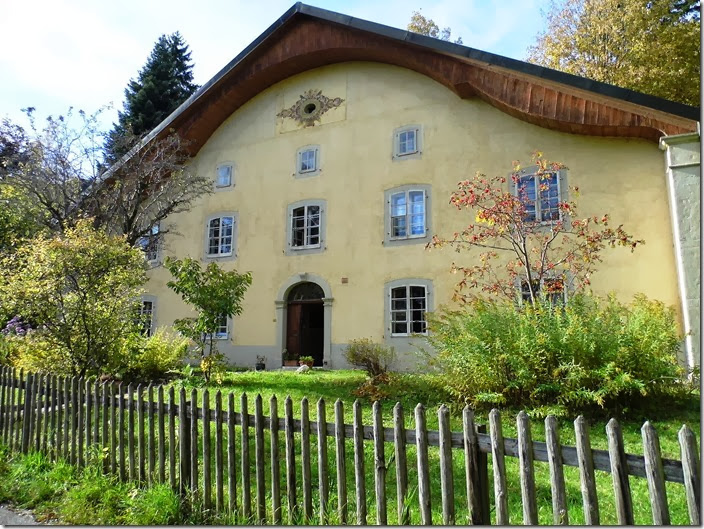
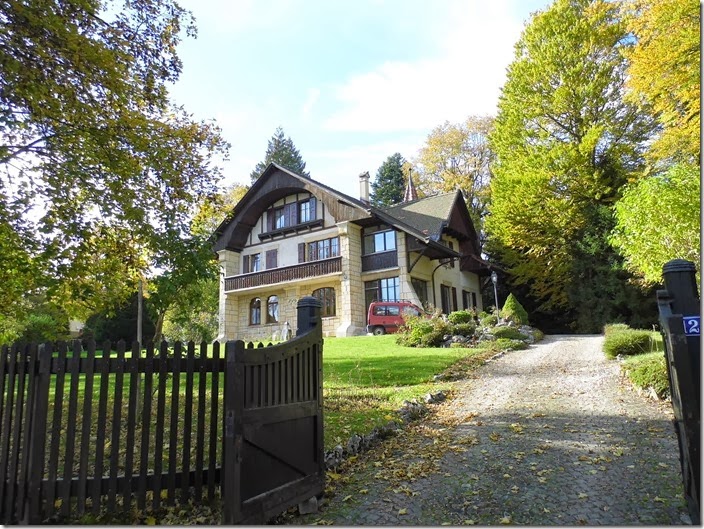
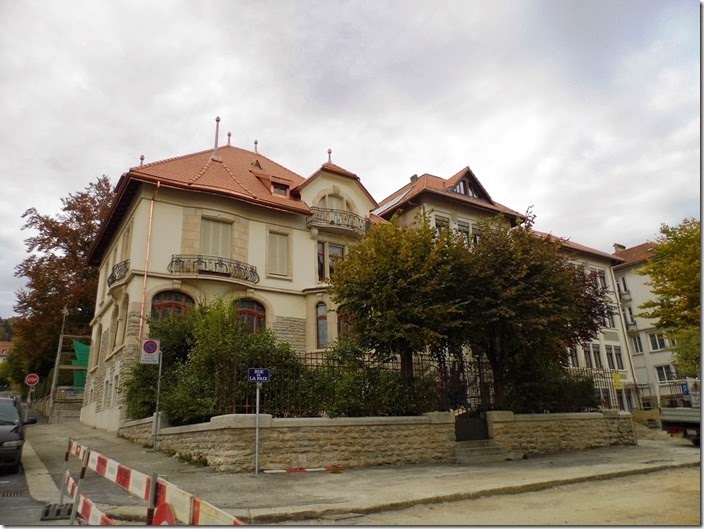
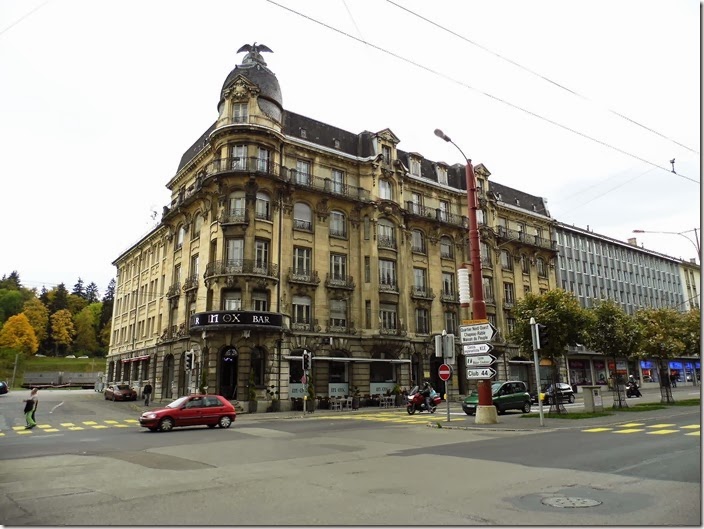
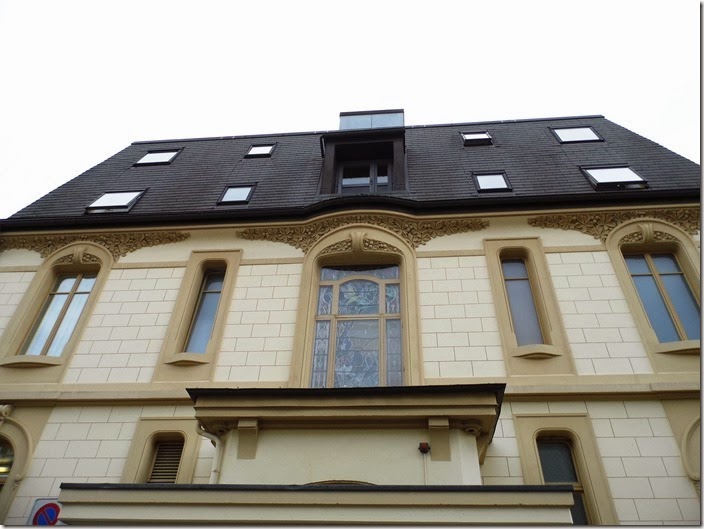

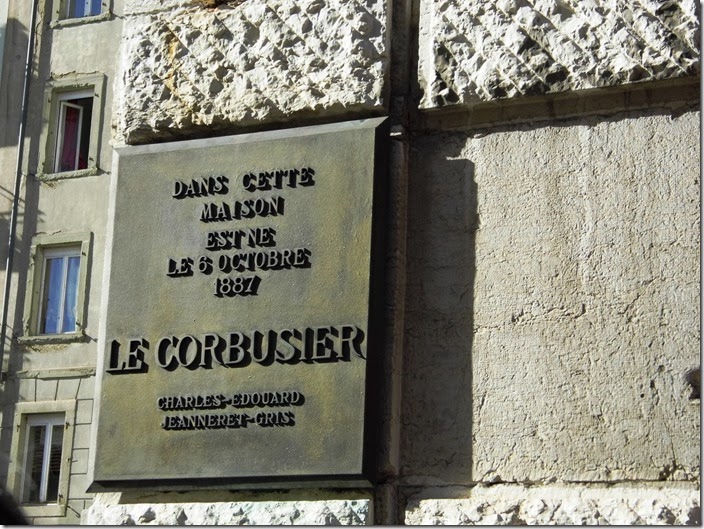

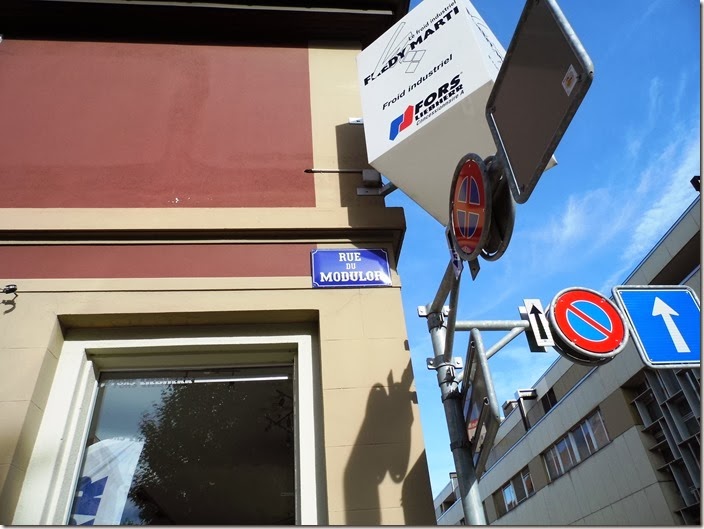
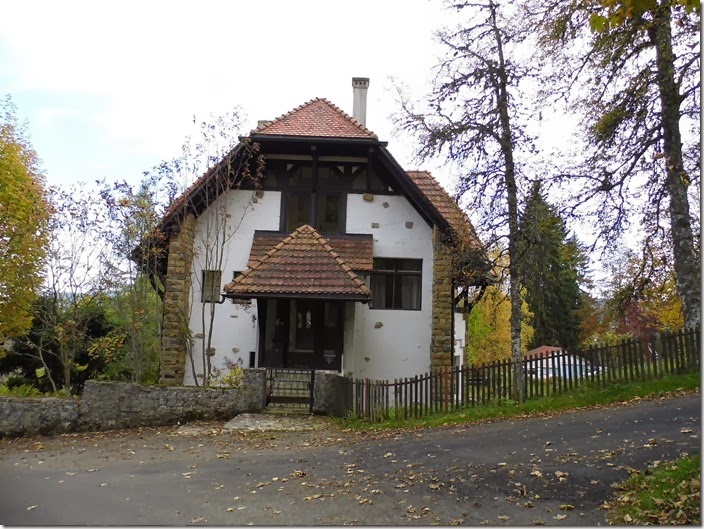
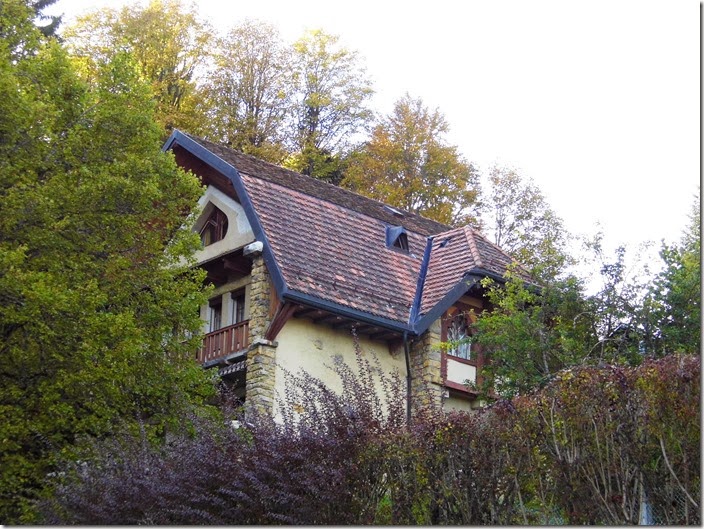
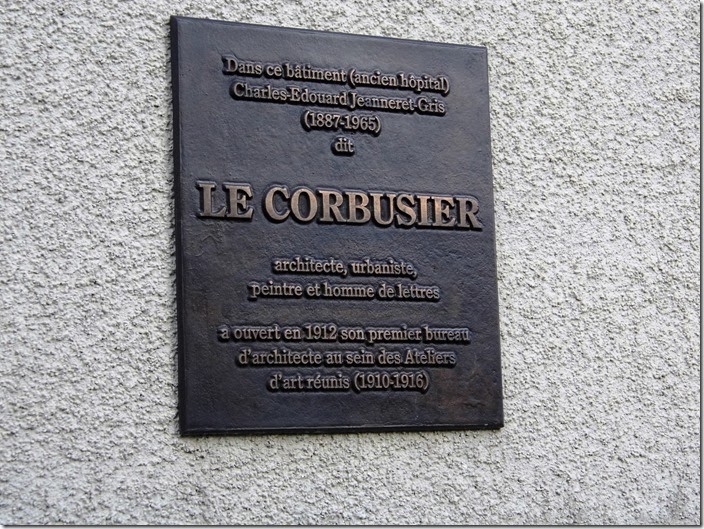
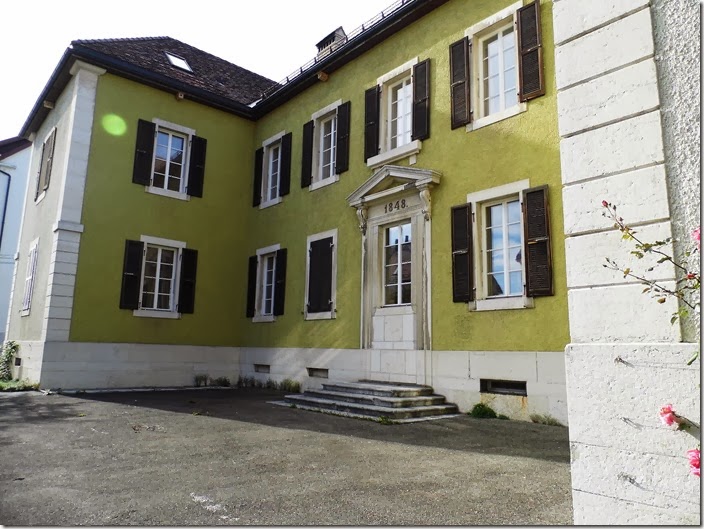

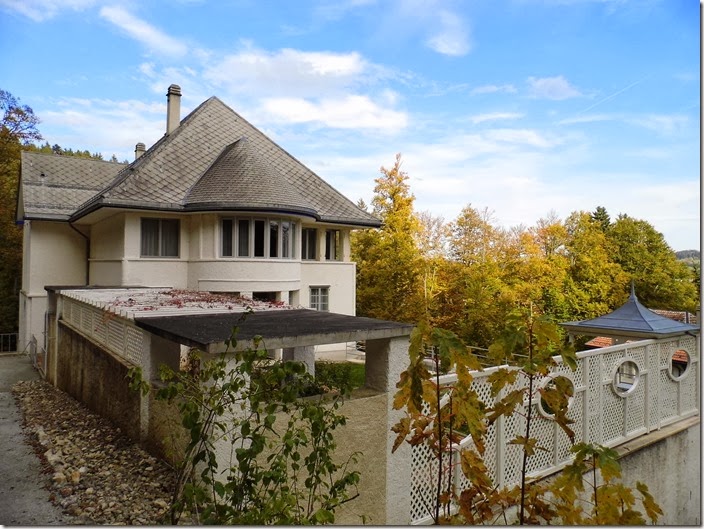
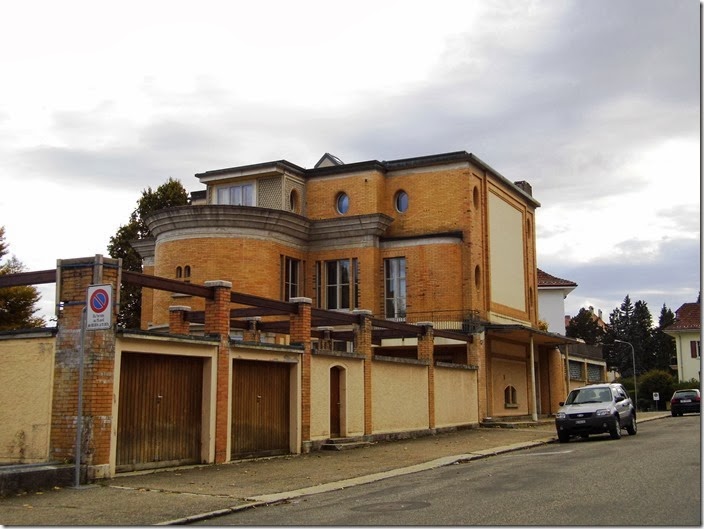
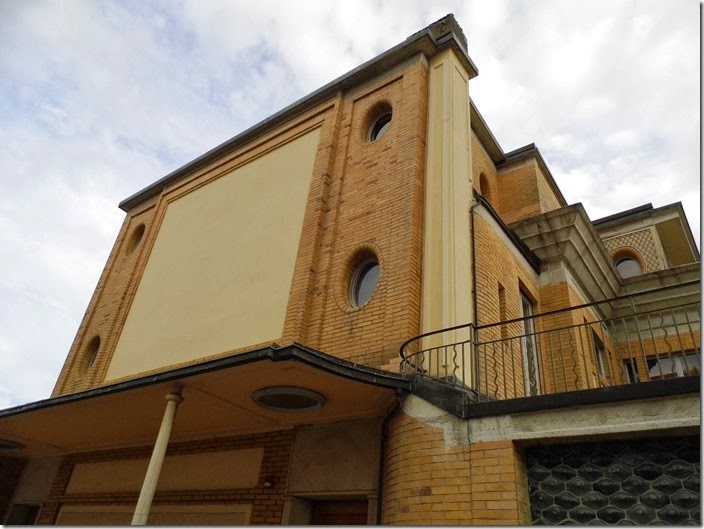

Post a Comment